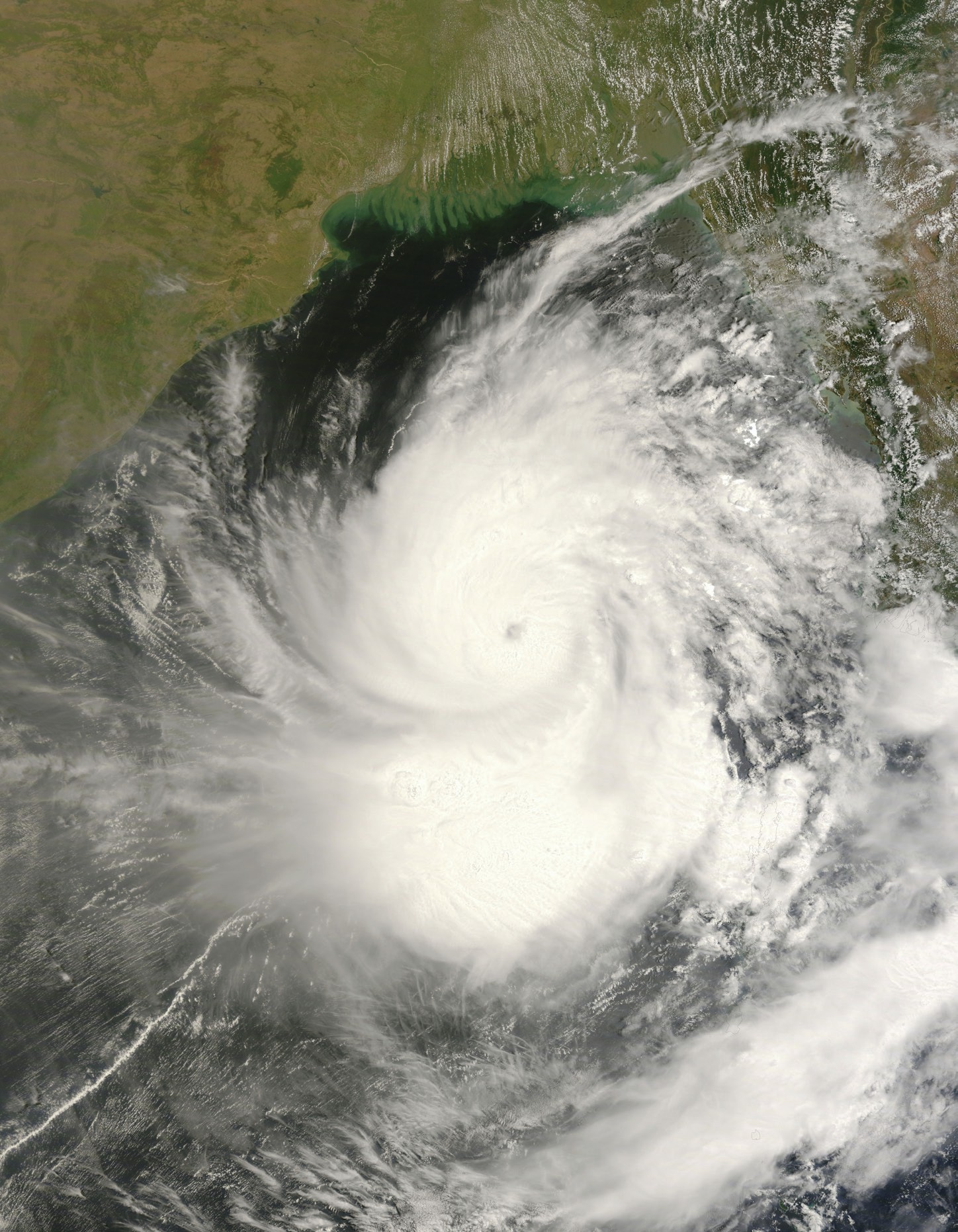
The climate change associated with global warming means that many coastal areas of the world are now at risk from natural hazards such as cyclones, storm surges, cliff erosion and sea-level rise. Coasts are also threatened by tsunamis that result from deep ocean earthquakes.
Bangladesh has a funnel-shaped coast at the northern tip of the Bay of Bengal (Figure 1) and an offshore shelf, both of which make it vulnerable to tropical cyclones and storm surges. Its physical geography is both a blessing and a curse for Bangladesh. Each year the country experiences not only the monsoons that allow its crops to grow but also the ravages of natural hazards such as cyclones, tornadoes, tidal surges and riverine floods.
Your organisation does not have access to this article.
Sign up today to give your students the edge they need to achieve their best grades with subject expertise
Subscribe




